No products
Prices are Management included
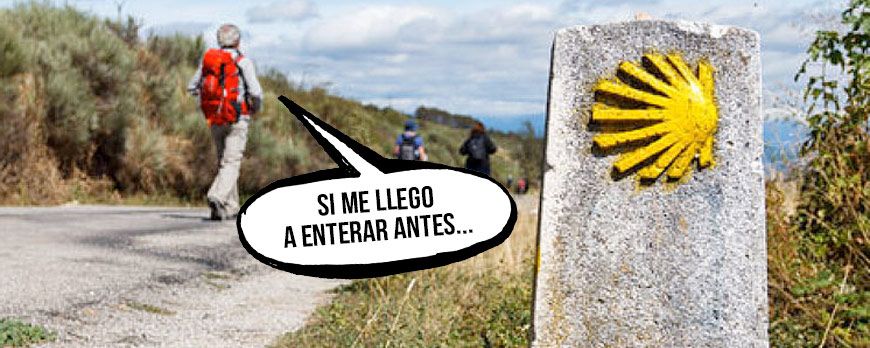
The Camino de Santiago begins at your feet
If you are thinking of doing the Camino De Santiago there is something you can not miss if you want to finish with a smile on your face.
Let me tell you.
Winter 2006.
Rubén has been a father for the first time a few months ago and proposes me to do the Camino de Santiago. The last 100 kms.
It's the end of January, I'm 30 years old and I'm looking forward to the adventure.
Of course, resources are limited, we're practically backpacking.
Without even thinking about it, we set off for Sarria, in Lugo.
We travelled all night in a train like from the 1930s with seats as hard as a rock.
The carriage shakes hard from side to side, as if in a cradle, but the sweet lullaby is the noisy rattling of the train.
Impossible to sleep.
And not only because of the stone seats and the loud noise, but also because of the light. They were on all the time, as if we were chickens on a farm.
My head feels like it's going to explode. I'm dizzy, disoriented.
I look at Rubén and see him as white as marble, as if he were about to vomit.
With this body we arrive in Sarria in the early hours of the morning and before setting off we try to revive ourselves and have a coffee and doughnuts in the only bar open.
Next door, a young man with blond hair and an athletic build does the same.
Before dawn we set off, still dazed from the journey and the darkness.
After a few kilometres we are overtaken by the young man from the bar and we start talking.
He's a legionnaire, from Ronda, and he'll be doing the same route: Sarria - Santiago de Compostela.
We decide to go together, so it's time to get off our butts. His walk is not easy and we have to make an effort to follow him.
But soon Rubén starts to complain of pain.
I won't tell you about the whole trip, because the important thing for you happened on the first day, a few kilometres from the start of the journey.
In my memory I keep the vivid moments forever as if they were a treasure.
Youth, recklessness, adventure in the unknown, few resources ... made that trip unique and unrepeatable.
I continue.
Days before the trip, the phone rings. It's Rubén from the Decathlon.
He calls to ask about the type of shoes to do the Camino de Santiago.
It's 2006, so minimalist footwear is years away from arriving in our lives.
I reply:
"I'm not going to wear boots. I'll go with the shoes I use for running".
If you're going to buy boots, go one size bigger.
Ruben says OK, but doesn't buy anything.
In the end he decides to wear his old boots which fit him like a glove: tight.
He says that this way her feet won't move and won't have any chafing or blisters.
The result:
A few kilometres after the start he complains of pain in his feet.
It's the first day and we've only covered a few kilometres.
And it's the longest stage: 30 kilometres.
We keep walking, Rubén's face is getting worse and worse, but he's a long-suffering man and doesn't complain much.
The legionnaire left us hours ago and the night catches us on the way.
I take out my torch which, like the train, is also from the 30s and shines less brightly than a firefly.
We walk almost in the dark and on several occasions we are on the verge of getting lost.
Only Rubén's good sense of direction prevents it.
After a thousand stops, anxious and tired, we reach our destination.
We enter the village late in the afternoon and before looking for the hostel, Rubén does something that will mark the rest of the way.
He went into a sports shop.
And he buys some hiking shoes.
With cushioning, yes, but wide and with a feeling of space for the toes.
With the boots he did what many pilgrims do at the end of the Camino: he threw them away, with the difference that he did it on the first day.
I imagine that this tradition comes from the pain of their feet.
There is something curious that is repeated when it comes to choosing the size and that also happened to Rubén.
In spite of his feet being encrusted inside the boots, with constant pain due to the oppression, when he was trying on the shoes he saw that they were too big.
He was so used to wearing the boots glued to his feet that, as if they were socks, he was not able to feel the comfort of the space.
What happened to Ruben is a common occurrence.
Many customers say that the shoes fit too big, even though the length is correct, because they are not used to the feeling of freedom in the toes.
Sometimes it is difficult to make them see that the size is correct.
You have to explain to them that the foot has two sizes:
- Without movement. How we usually try on shoes.
- With movement. When walking, the foot expands for a moment when it rests on the ground, flattening the arch of the foot.
That's why there should be a finger space between the heel of the foot and the heel of the shoe.
Well, 15 years have passed since then and if we were to do the Camino de Santiago again, I know which boots Rubén would wear:
The Xero Shoes Daylite HiKer Fusion boot.
He has a wide foot so he need the space and flexibility that these Xero boots offers.
This way you will avoid chafing, blisters and the feeling of tightness that Rubén felt.
They are also lightweight and flat, so that walking is neither heavy nor slow.
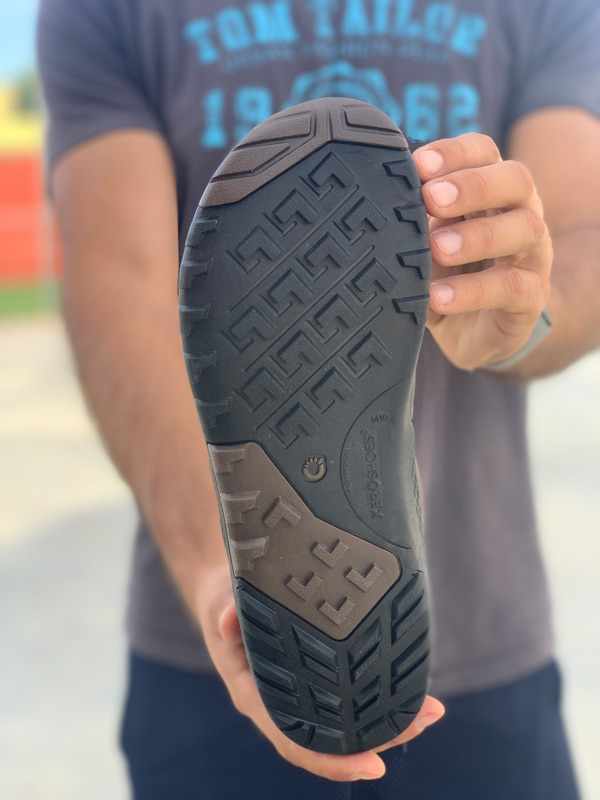
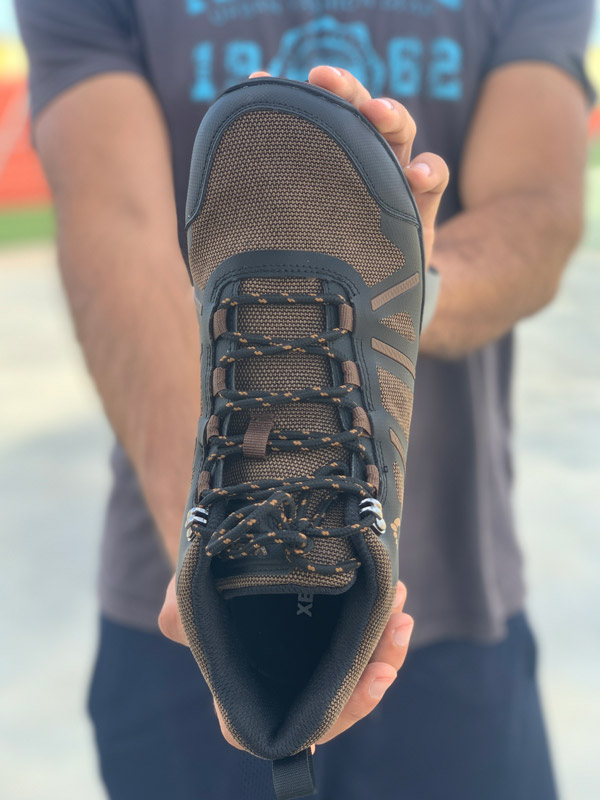
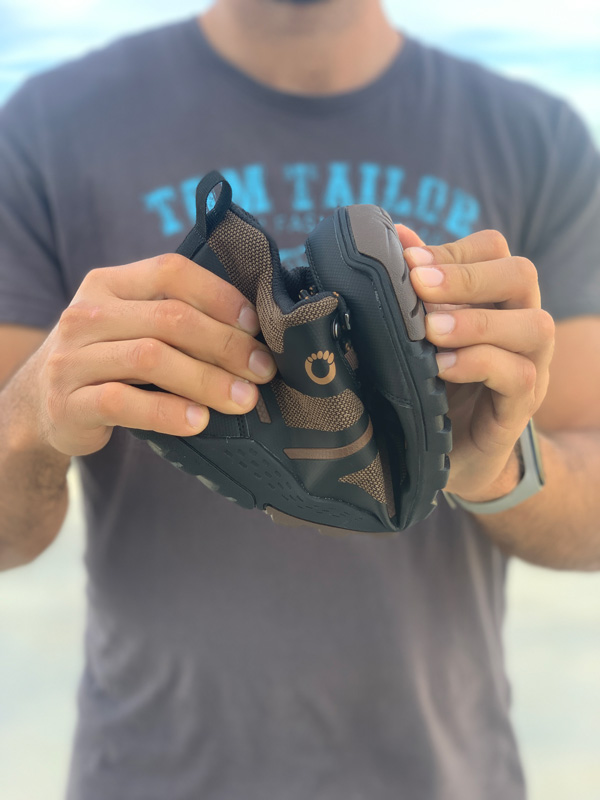
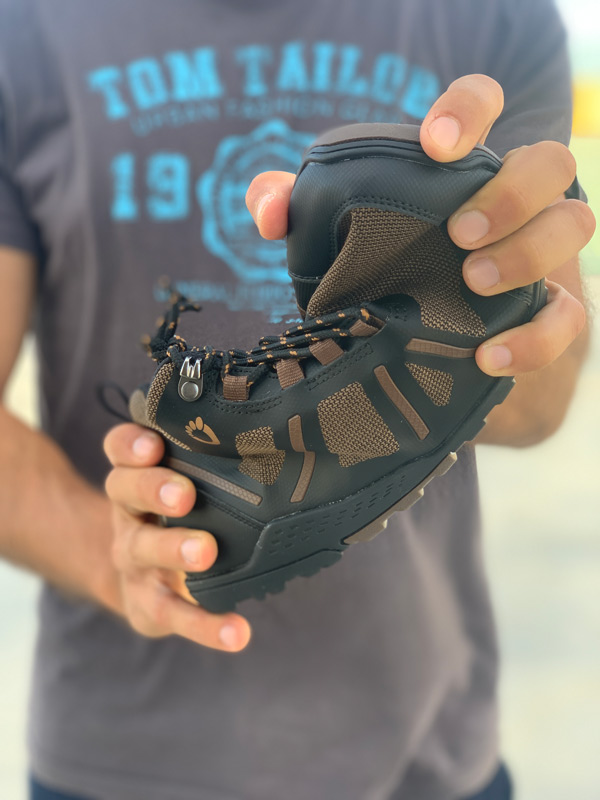
And as in Galicia the rain can appear sooner or later, there are also waterproof ones.
Xero Shoes Xcursion Fusion - Waterproof.
Also available for women:
Xero Shoes Daylite HiKer Fusion.
Xero Shoes Xcursion Fusion - Waterproof.
Pd: To know your size in the Xero Daylite Hiker, the correct way is to measure your foot and use the button below the size selector.
And if you don't get the right size at first time, then the second time.
The system for changing sizes is simple, fast and free of charge if you activate the change insurance.
The right path starts with the health of your feet.
Dejar un ComentarioDejar una respuesta
Blog categories
- Running Technique
- Shoes Review
- Scientific studies
- Nike and minimalist shoes
- Morton neuroma
- Bunions
- Podiatrists' opinion on...
- Claw toes, crowded toes,...
- Flat feet
- Runner's injuries, runner's...
- Sprained feet, ankle sprains
- Footwear for wide feet or...
- Heel and back pain
- Children's feet and...
- Circulation and bone...
- Knee pain, osteoarthritis,...
- Plantar fasciitis
Últimos Comentarios
Antonio Caballo
Feet that are not feet and that's why they hurtCristina Schmitt
Feet that are not feet and that's why they hurtAntonio Caballo
Is Barefoot expensive? you will see that Yes

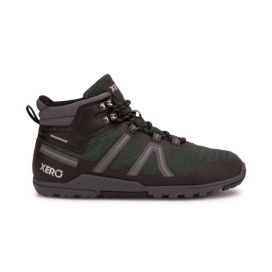
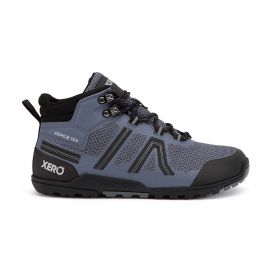
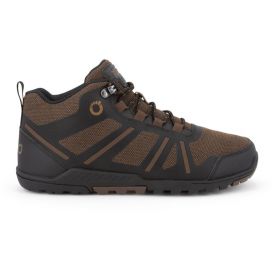





























1 Comentario
Erik Cuellar 04/15/2024
Hola buen día,El dato que más me gusta es que se compró las botas por la tarde después de una buena jornada y aún así se las compro espaciosas, con lo que seguro compro mucha más talla de la que solía gastar, porque el pie tenía que estar bastante inflamado. En mi humilde opinión la talla del calzado minimalista o no, es parte fundamental de la elección del mismo. Por la tarde, a final de agosto, después de haber andado mucho con huaraches, es un buen momento para comprar calzado para el invierno????
Otro punto fundamental:
- El calcetín: para largas caminatas y terrenos variados, si siempre usas calzado, y se quiere evitar ampollas en la planta del pie o dedos, cuanto más gordo sea el calcetín mejor. En invierno y en verano (con la talla adecuada al calcetín que se usa). Indiferentemente de tu actividad habitual. Si andas descalzo por cualquier terreno, el calcetín es indiferente obviamente.
¡Buenas caminatas! ????